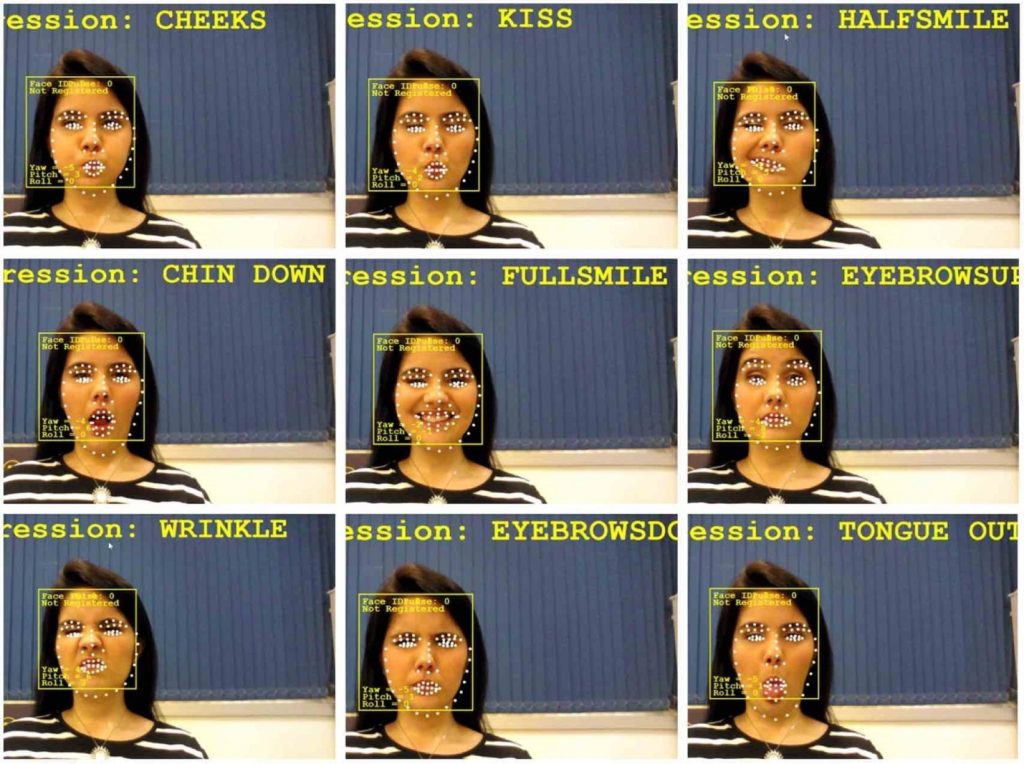
Wheelchairs can be controlled with Intel’s new AI
If you do sampling with approximately 100 people, almost 90% of them would accept the fact that artificial intelligence is the spookiest thing of the year. Professionals and celebrities like Elon Musk have started saying about artificial intelligence and the negative impact of AI on their interviews.
Well, Elon Musk also uses the same artificial intelligence to bring out the best use cases like autonomous driving etc. Developers and people who invest in artificial intelligence have an optimistic view of the industry.
If the skills happen to be on the negative side, we can also expect negative implementations of Artificial intelligence from multiple angles. For every positive side of the battery, the negative is mandatory.
Wheel Chair

Recently, Intel and Brazil-based Hoobox Robotics decided to change the way people control their wheelchairs. The traditional wheelchairs exhibited a brilliant joystick control which we can never take for granted.
As time changes, technology is improving at a rapid pace. Companies like Intel and Hoobox Robotics is making use of brilliant technologies like artificial intelligence to support the specially abled group of people by introducing an AI leveraging kit called Wheelie 7, which lets the user control their wheelchair with facial expressions.
Eyebrows down, Tounge out, Wrinkle etc are few of them.
The AI takes just 7 minutes to install the user’s expressions before it gets to work. Users can mount the camera on to their wheelchair and train the software to move depending on their facial expressions.
The device is equipped with Intel 3D RealSense Depth camera for accurate data collection in order to process the 3D map of the face. Sensors and AI algorithms work together to make the wheelchair move. The device works with 95% of the wheelchairs in the market.
Currently, the prototype is being tested in the United States with around 60 peoples. The engine from Intel and brains from Hoobox Robotics is more than enough to make this a reality within no time.
It’s so beautiful to watch such technologies happening to support the people who are finding it hard to move around. Hopefully, we will witness more beautiful and innovative use cases of AI in the days to come.
Source: Phys.org



